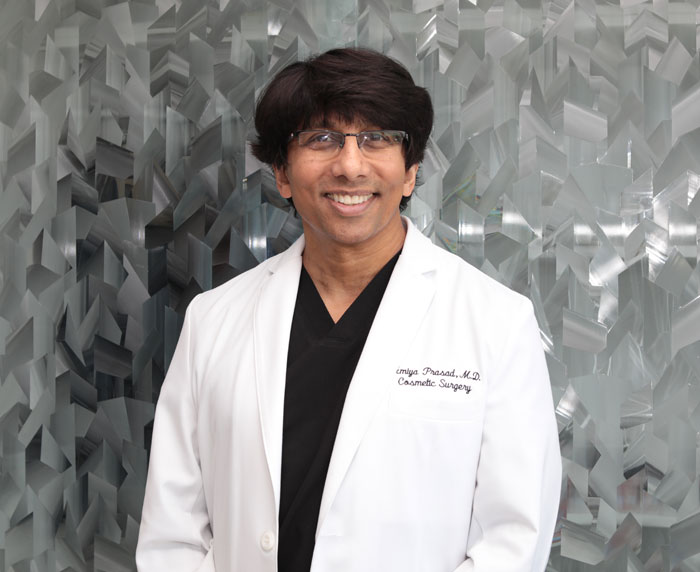Why Minoxidil is Not Working for You
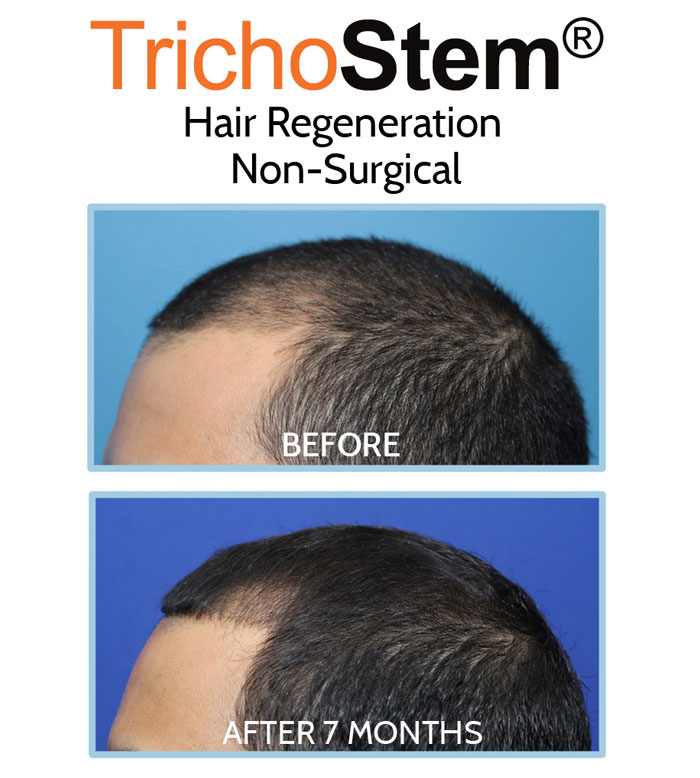
Minoxidil is a popular hair loss treatment that is easily available since it doesn’t require a prescription. Both men and women can use minoxidil for genetic pattern hair loss. However, it is common for people to find it limited in effectiveness, or feel that it stopped working. I’ll discuss the role of minoxidil in the treatment of hair loss. and how I make decisions about its use in consultation with patients about hair loss every day in my practice.
Managing hair loss has been a significant part of my practice, beginning with surgical hair transplants, and developing strategies to maximize hair coverage after transplantation. In an effort to improve the outcomes in hair transplant surgery using a material called extracellular matrix, a door was opened around 2011 to apply regenerative medicine technology to non-surgically treat male and female pattern hair loss we call TrichoStem® Hair Regeneration.
This non-surgical treatment made a significant impact on both male and female pattern hair loss, resulting in us treating patients from around the world since 2011. In fact, we made such an impact on female pattern hair loss, which prior to our work was treated mostly with minoxidil with limited success.
What is Minoxidil?
Minoxidil was originally a drug used to treat high blood pressure. A side effect of the drug was the stimulation of hair growth, so it became more popular as a topical hair loss treatment. Minoxidil is available over-the-counter as liquid, and foam. Custom solutions are sometimes available through doctors, but the higher percentage does not necessarily mean more effectiveness. A common side effect of topical minoxidil use is scalp irritation and redness.
Is Minoxidil Effective?
Many men and women have found minoxidil to help with their hair coverage at least in the short term. Many also find that it really makes no difference with their hair coverage. Minoxidil does not work with everyone.
While the exact mechanism of how minoxidil works on hair is not known, it appears to delay the normal hair shedding cycle and extend the hair growth cycle so users have more hair on their scalp at a given time. It needs to be used daily to sustain the effect, and people who discontinue minoxidil often report hair shedding soon after they stop using it. Even with consistent daily use, hair loss continues to progress. Minoxidil itself does not thicken thinning hair.
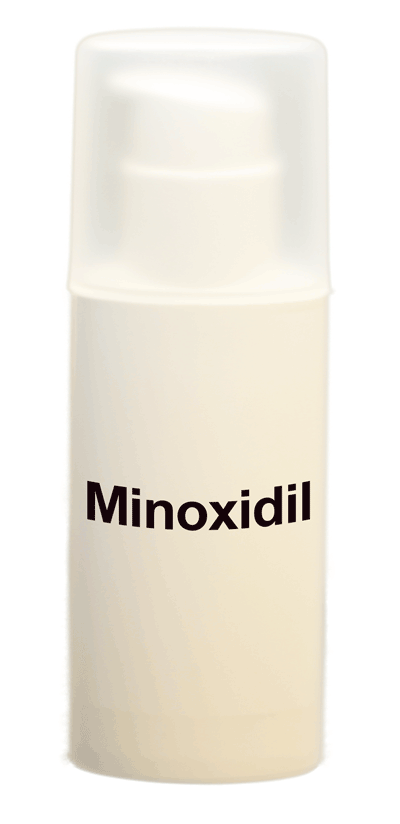
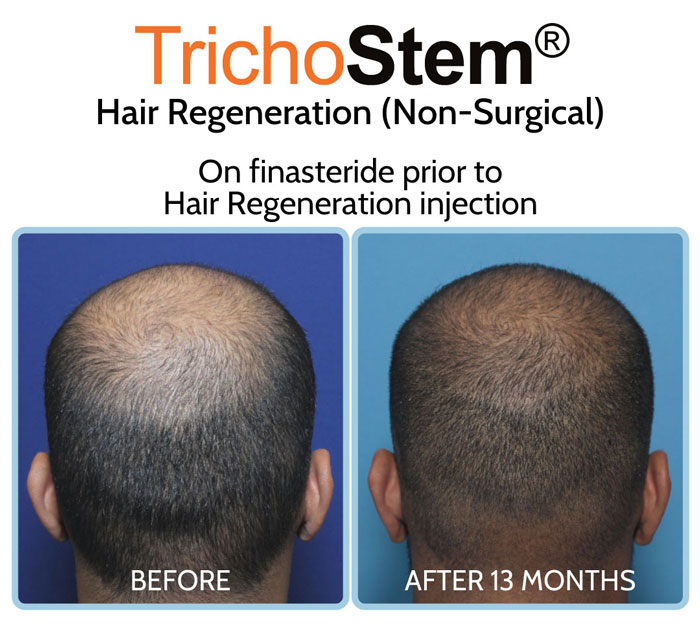
Why is Minoxidil Not Working?
In my clinical experience, minoxidil has limited value. It can stimulate hair growth, but the hairs are often fine, short, and shed easily. For men, minoxidil does not affect dihydrotestosterone (DHT), a hormone critical in male pattern hair loss. For women, it remains one of the few available treatments.
Minoxidil vs Finasteride for Male Hair Loss
For men, finasteride is a more effective treatment because it blocks DHT, which causes hair thinning. While finasteride can slow hair thinning and encourage some regrowth, it still has limitations, as hair loss continues over time.
Evaluating Patients for Hair Loss Treatment
Many patients start treating hair loss with minoxidil and come to us when they notice ongoing hair loss, or experience scalp irritation. I evaluate every patient with microscopic photos and specific standardized digital photography.
Having performed TrichoStem® Hair Regeneration treatment since 2011, I’ve accumulated a lot of data and first-hand experience. At this point, I’ve developed a hair loss profile classification system, which I use to customize treatment plans.
Factors which I look at include gender, current age, age of onset of hair loss, severity of hair loss, medical history, and other hair loss medications. These are used to assign the patient a hair loss profile, which determines the formulation, delivery method, and treatment plan. Though hair loss is progressive, with our treatment we’ve been able to stimulate hair growth, prolong the hair growth cycle, and induce thinning hair to become thicker.
As mentioned earlier, this has made a significant impact on the treatment of female pattern hair loss, which previously was treated mostly with minoxidil. With our treatment plans in place, more than 99% of men and women see significant improvement in their scalp coverage. In contrast to minoxidil, which requires daily application, we are able to achieve long-term results ranging form 3to 5 years or longer, with only 1 or 2 injection sessions.
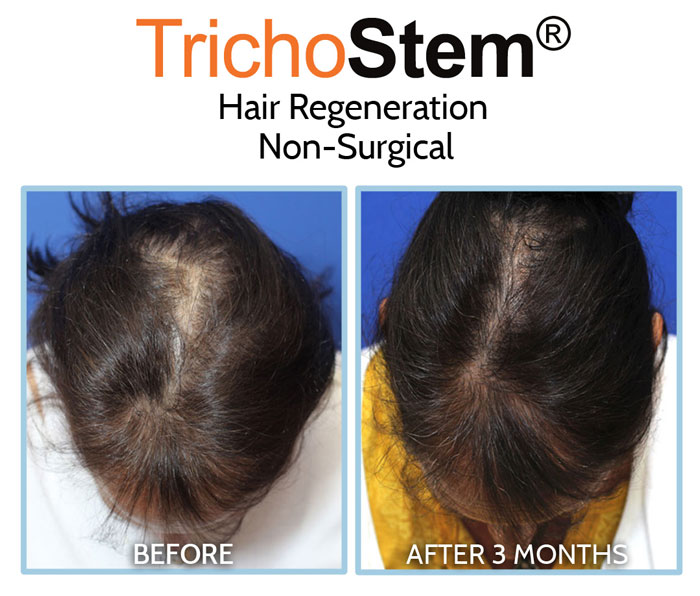
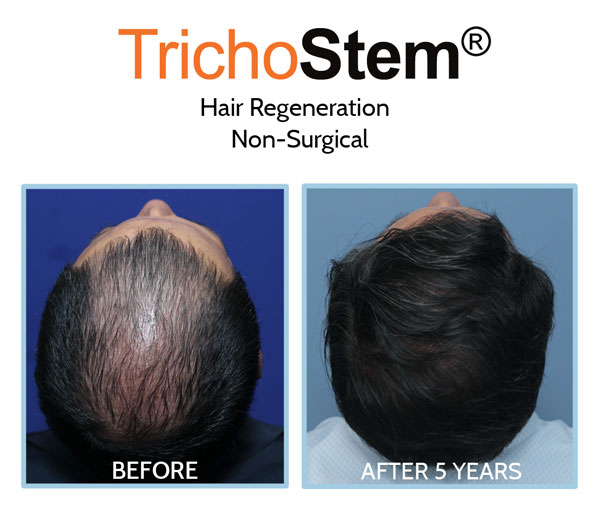
Transitioning Patients Off Minoxidil
Most of my patients do not stay on minoxidil after undergoing TrichoStem® Hair Regeneration. Some people I wean off of minoxidil to avoid shedding related to sudden cessation of use. For male TrichoStem® Hair Regeneration patients, I make a determination about their relative sensitivity to DHT or dihydrotestosterone, then prescribe finasteride accordingly.
Managing Hair Loss: The Role of TrichoStem® Hair Regeneration
TrichoStem® Hair Regeneration, hair transplant, or any other hair loss treatment are not cures for hair loss. Hair loss is managed. TrichoStem® Hair Regeneration is about maximizing hair growth, thickness, and scalp coverage for as long as possible.
The effect of TrichoStem® Hair Regeneration working can be seen as early as three weeks; however, there is continuous improvement that goes on for 15 to 18 months before the hair coverage appears to be stable.
As far as time required is concerned, most patients return to work the next day. We treat many patients who come from around the world, and many actually fly home the same day as treatment.
The Role of Minoxidil in Modern Hair Loss Treatment
At a time where regenerative or stem cell-based technology such as TrichoStem® Hair Regeneration has been shown to be so effective, the role of minoxidil in the management of hair loss is of limited value in the treatment plans I provide for my patients. I hope you found this information helpful.
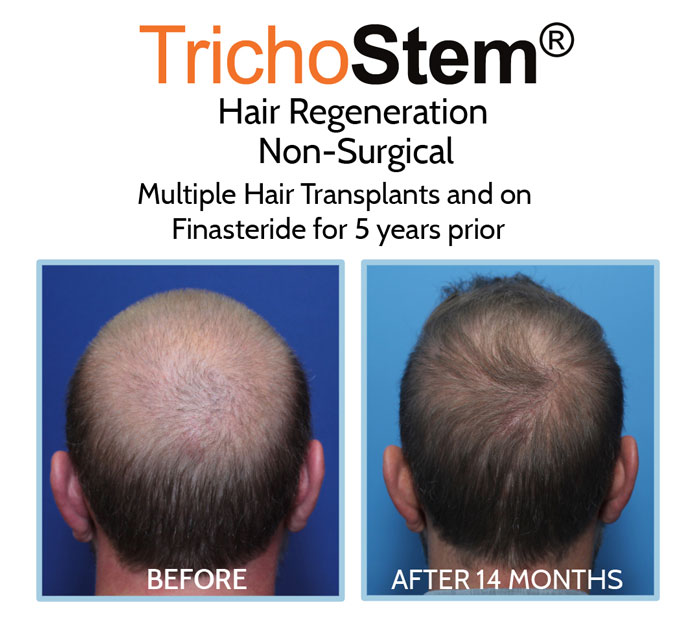
Hair Loss Treatment Manhattan, NYC and Long Island, New York
Dr. Amiya Prasad is a Board-certified cosmetic surgeon and Fellowship-trained oculoplastic surgeon. He’s been in practice in Manhattan, New York City, and Garden City, Long Island, New York, for over 25 years. He developed TrichoStem® Hair Regeneration for non-surgical treatment of pattern hair loss in 2011, and has since treated thousands of patients from around the world.
If you would like specific recommendations for your case, fill out the form below or contact any of our offices at (212) 265-8877 for Manhattan, New York City; (516) 742-4636 for Garden City, Long Island; or (703) 356-1336 for Vienna, Virginia.
